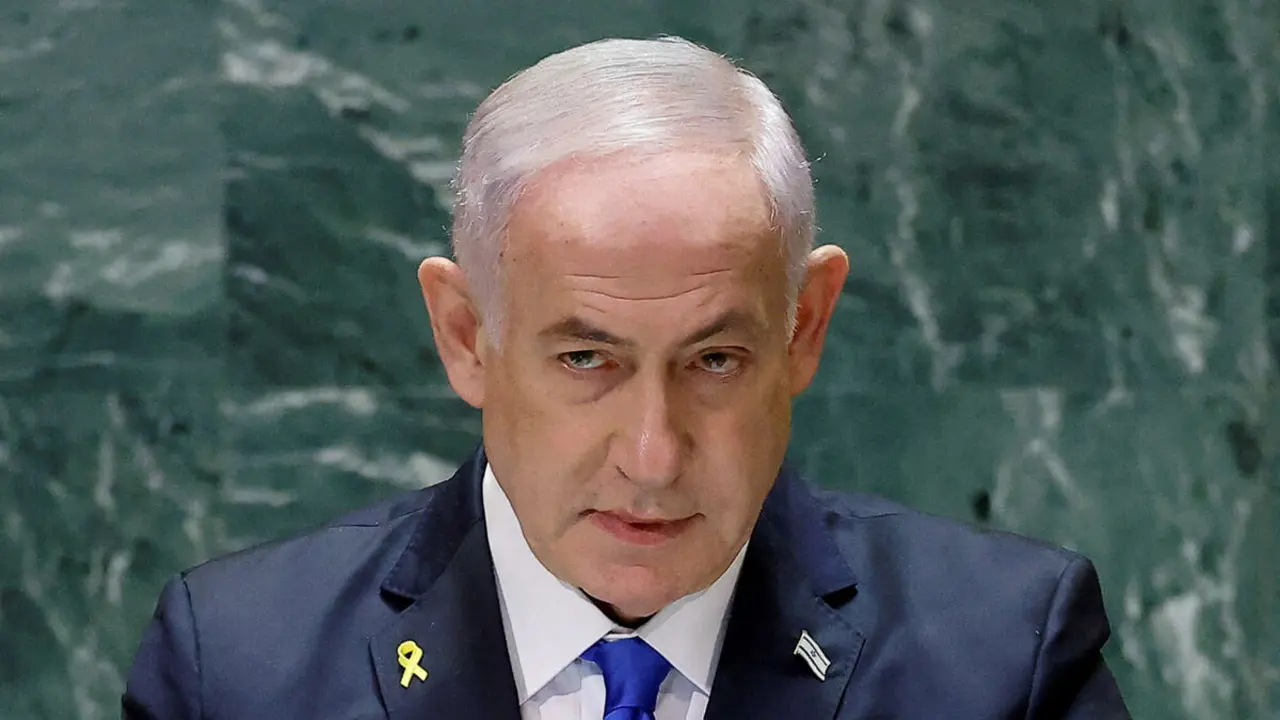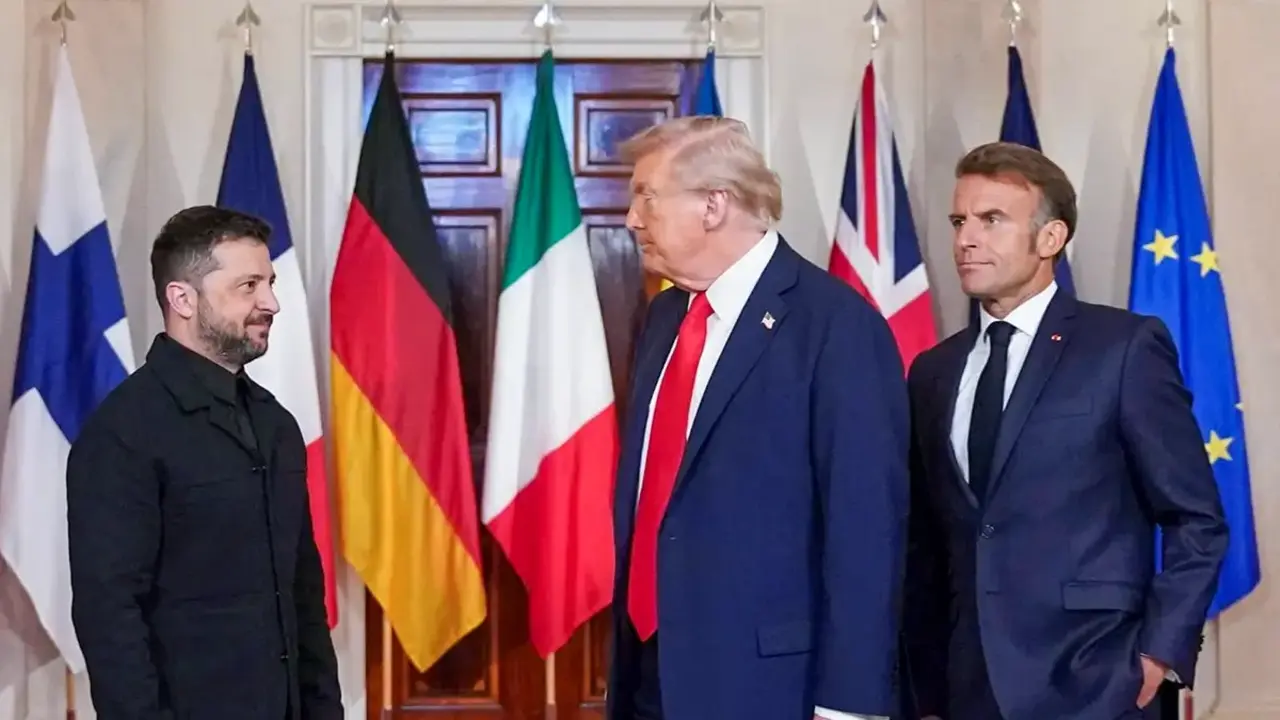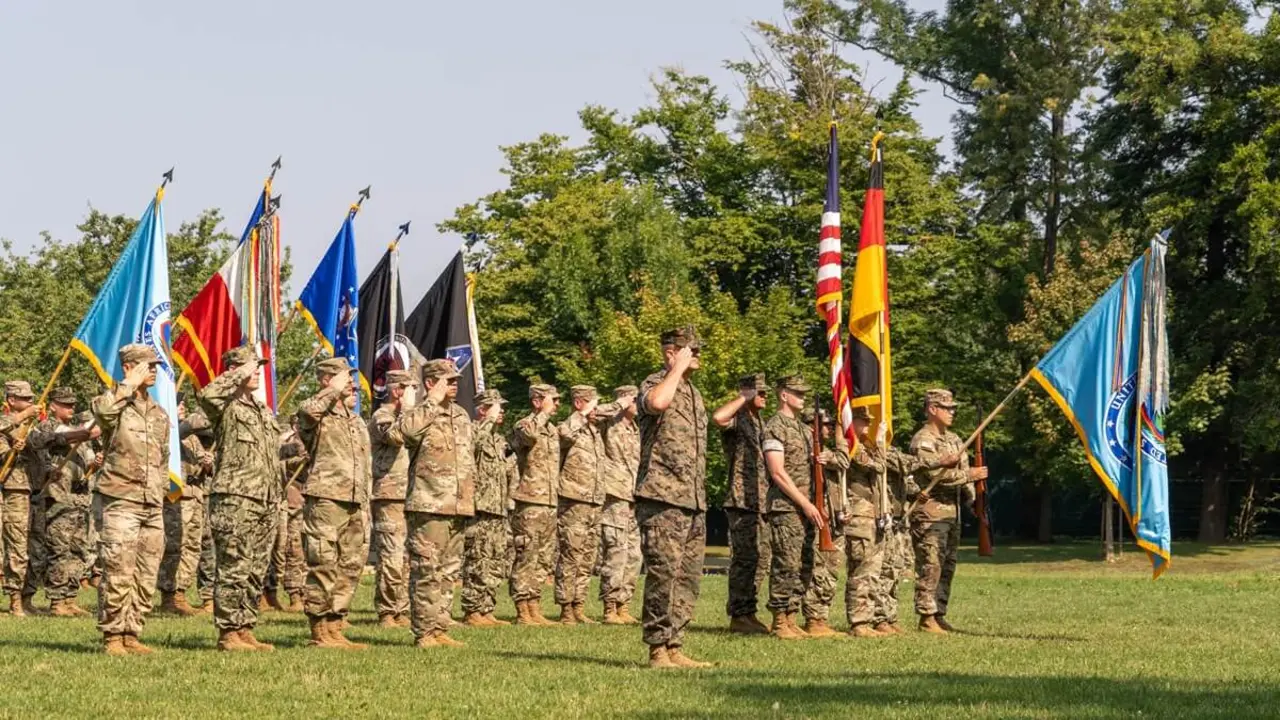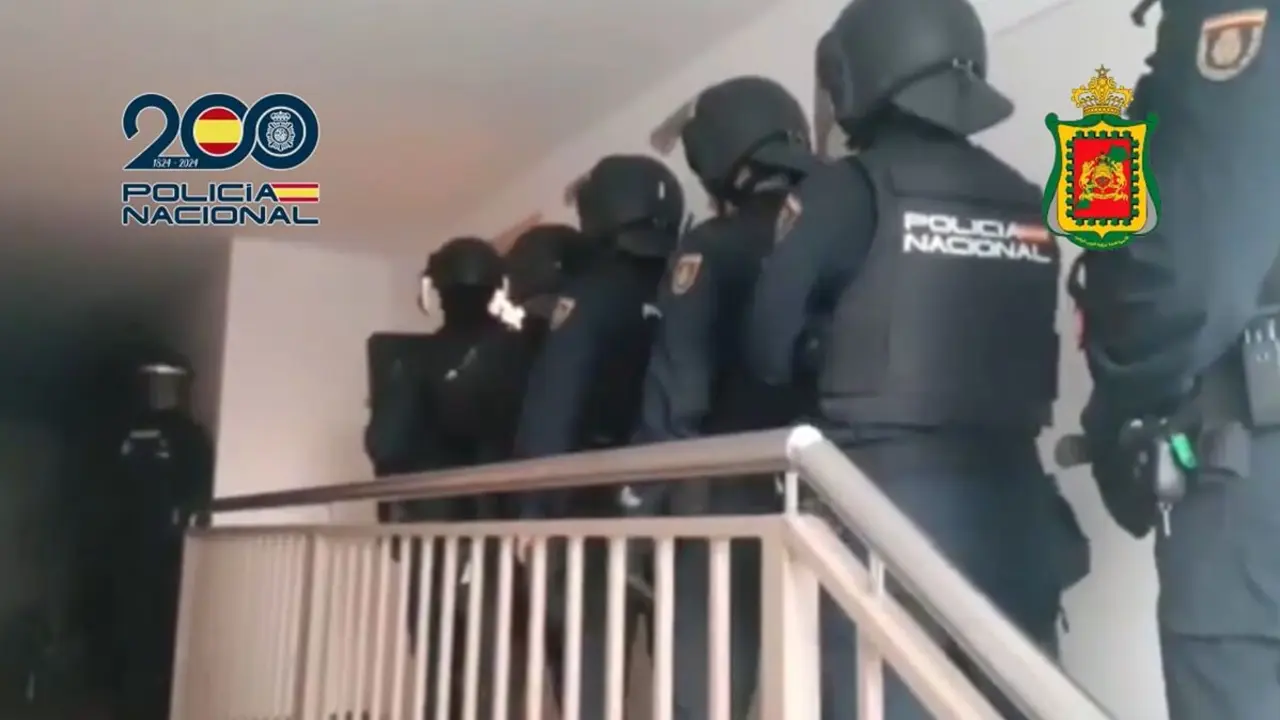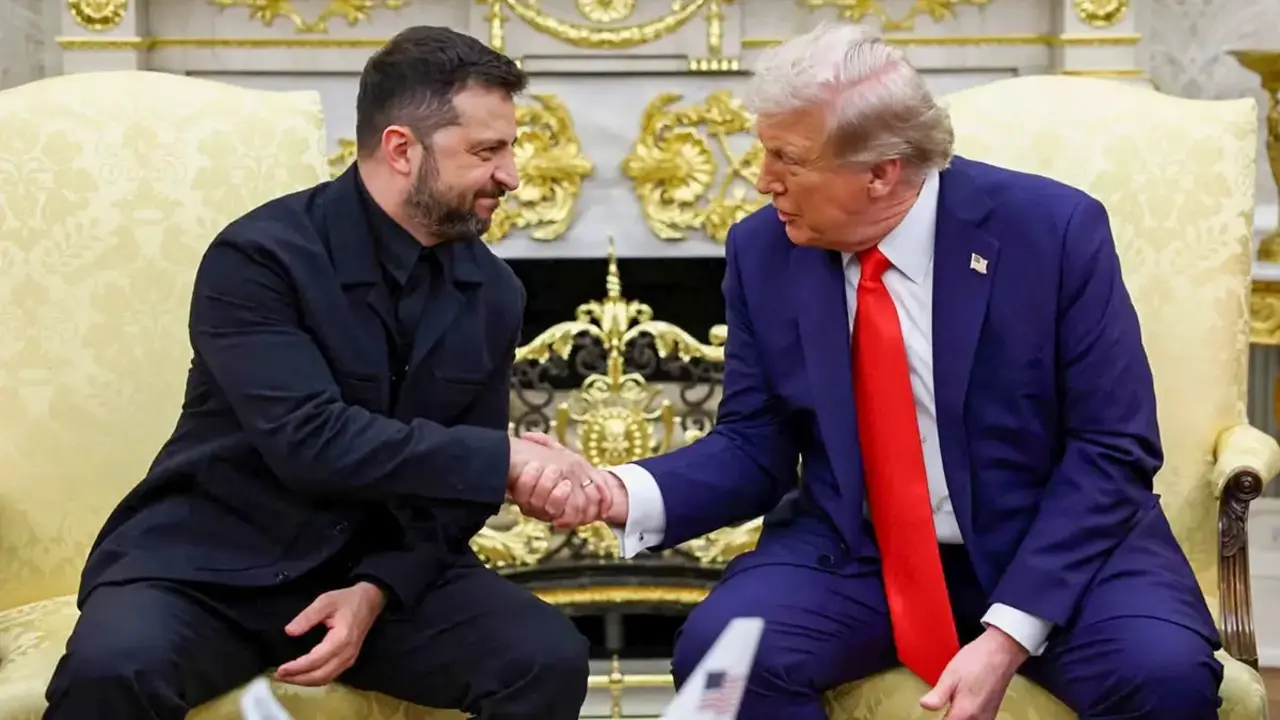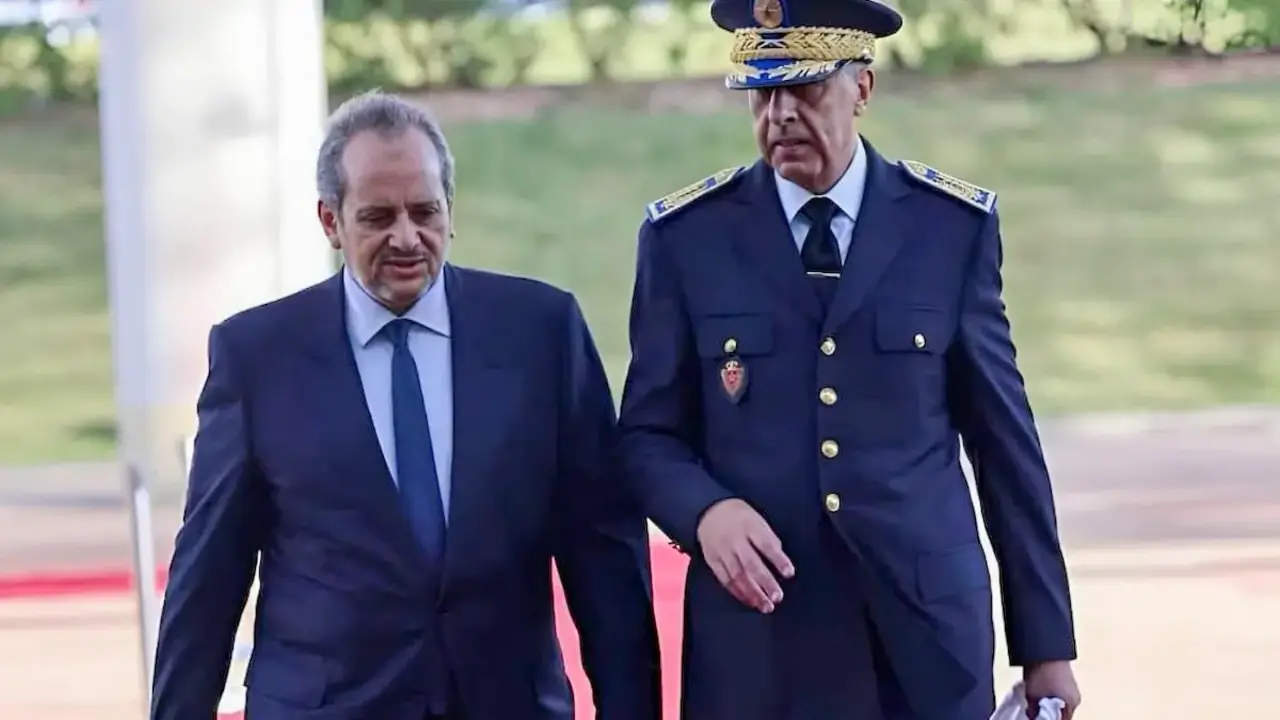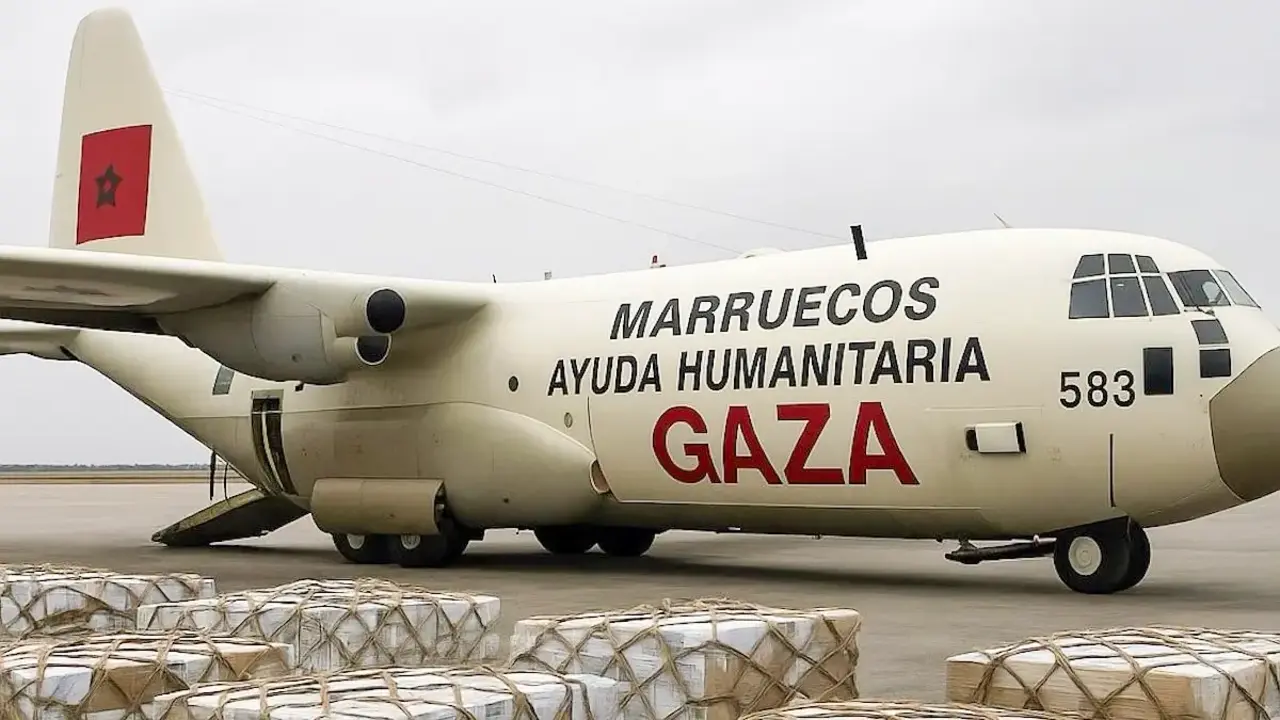"These protests are seeds that will sprout at some point"

With the aim of analysing the current situation of the protests in Iran and their possible consequences, the Fundación Alternativas organised a colloquium with the participation of Ángeles Espinosa, journalist, writer and former El País correspondent in Tehran; Luciano Zaccara, professor at the Gulf Studies Center, University of Qatar; Anahita Nassir, political scientist and expert on Iran at the IBO Foundation; and Maryam Eftekharian, hispanist, translator and teacher of Spanish, English and Persian.

First, it is necessary to define what is happening in Iran. Many analysts and media have described it as a 'revolution', but, according to Espinosa, this term is applied to processes that have already concluded. "It is difficult to define in the middle of a process how it will end," she admits. However, she does point out that, after several weeks of protests, we can speak of a "revolutionary movement".
Protests continues in Iran today. This is from the city of Mahabad. The video speaks for itself. #MahsaAmini #مهسا_امینی #IranRevolution pic.twitter.com/xWKY5NataK
— Omid Memarian (@Omid_M) November 19, 2022
This wave of protests began after the death of 22-year-old Kurdish woman Mahsa Amini at the hands of the morality police for wearing the Islamic headscarf incorrectly. In response, hundreds of women took to the streets without the hijab and, on many occasions, burned it as a form of protest. However, the current demonstrations are "something more". "It goes beyond the realm of feminism and really aspires to regime change," says Espinosa, who also highlights the significant support of men, especially young men.
In order to understand the current situation and the protests taking place in Iran, it is necessary to contextualise and understand the role that women have played in political and social movements.
Anti-regime protests in Iran have entered their third month and are giving no signs of slowing down. Youths of #Javandroud were out in the streets to support their protesting compatriots elsewhere in the country. #IranRevolution pic.twitter.com/Gev48GSIIg
— Masih Alinejad ?️ (@AlinejadMasih) November 20, 2022
"Women have always been an active part of all these movements", says Zaccara, who recalls that the role of women in the Islamic revolution is "undeniable". Likewise, she affirms that Iranian society has always been at the centre of numerous protests, mentioning the most recent ones, that of 2009 and that of 2017-2019.
For this reason, Zaccara stresses that "it is not surprising that women have had this participation" in the current protests, although she agrees with Espinosa and remarks that this "already goes beyond", as the demonstrations are involving people of different social groups, ages, as well as a large number of men.
Huge protest in Javanrud, Iran. Reports of security forces shooting protesters pic.twitter.com/8A5KYtfWEW
— Frida Ghitis (@FridaGhitis) November 21, 2022
As expected, the Iranian regime has responded with violence to the protests. According to the latest figures from Iran Human Rights, at least 448 people - including 60 children - have been killed by security forces. However, this number is likely to be much higher. The situation of the wounded is also noteworthy, with many choosing not to go to health centres for fear of arrest.
Analysts and journalists are now wondering whether the government would be willing to give in to certain demands in order to bring the protests to an end. "The regime is going to repress, it is not going to give in," says Nassir. The political scientist specialising in Iran believes that the authorities will not give in on the Islamic veil "because it is a symbol". "There are going to be hard times ahead, but there is a lot of hope".
Graveyard of protesters who got killed lately in Kurdish. City of #bukan during #IranProtests2022.pic.twitter.com/64upzl5Rax
— Afshin Ismaeli (@Afshin_Ismaeli) November 26, 2022
Since the protests began, much attention has been paid to the hijab, as it was the reason for Amini's death. However, Iranians stress that the protests are not just about the veil. "The world thinks the hijad is the problem. What we women are demanding is a return to the fundamental rights we had before the revolution. We had a more liberal country, there was no segregation in the classrooms, modernisation had already begun," Eftekharian explains. Iranian women then enjoyed more freedoms and rights. There was the right to abortion and they had more responsibility for their children. The minimum age of marriage for girls was raised from 13 to 18. "After the revolution, they look at us as a sexual tool," laments the teacher and translator. "With this government we have gone back 100 years. We just want to get our basic rights back," she stresses.
After several weeks of intense protests, and with no sign of an end in sight, what will they bring about in the country? Will there be political reforms? Will there be regime change? Will the regime become even more repressive?
Espinosa, like Nassir, believes that the Iranian government "is not willing to give up areas of power". Espinosa, a journalist and former correspondent in Iran, points to the experience of the Arab Spring and the 1979 Revolution. "They have seen that when a dictatorship gives in, it ends up falling," she says.
Protests in #Tehran’s Narmek neighbourhood. Protesters are chanting “From Kurdistan to Balouchestan! I will die for Iran”
— Masih Alinejad ?️ (@AlinejadMasih) November 24, 2022
Regardless of our ethnic origins, we Iranians support each other. Our enemy is the Islamic Republic. #IranRevoIution pic.twitter.com/sFc234tN0W
As for the country's future, Espinosa admits that his fear is that regime change could turn Iran into a military dictatorship. "Iran is no longer a country of ayatollahs, the real power is in the Revolutionary Guard," she says. The armed forces have a monopoly on weapons, a monopoly on the nuclear programme and have taken control of the economy. For these reasons, the military-political elite "is not willing to give in".
In this sense, Espinosa points out that this risk means that many people who are in favour of the protests do not take to the streets for fear of the situation worsening. Zaccara agrees, stressing the importance of the "fear factor" among the population. If the regime falls, so do government-controlled companies, so it is difficult for "lower-middle class families who depend on these companies to take to the streets".
Funeral of Fouad Mohammadi, from Kurdish city of Kamyaran who got killed by regime forces during #IranProrests2022 pic.twitter.com/nVv2Sswgpp
— Afshin Ismaeli (@Afshin_Ismaeli) November 24, 2022
As the protests progress, Iranians - both at home and in the diaspora - are calling for action and support from the international community. "Considering that the Iranian diaspora abroad is very diverse, we first need to come to an agreement. All these movements have so much media coverage abroad because they appeal to a universal right," says Nassir. In addition to gender equality, Iranians are calling for an end to ethnic, religious and also economic discrimination. "These protests are seeds that will eventually sprout," she adds.
Nassir calls for us to continue to be "the voice of the Iranian people". On the other hand, she calls on governments to abandon "Western hypocrisy" - the political scientist has denounced that the pellets and bullets used by the security forces come from France and Italy - to take firmer measures and call for independent investigations, as the United Nations has recently done.
Today. Zahedan, Iran. Killings after the protests. The bodies on the ground….Full scale crackdown….terrible! #MahsaAmini #مهسا_امینی #IranRevolution pic.twitter.com/0Ft2Bjp3BS
— Omid Memarian (@Omid_M) November 25, 2022
In this regard, Nassir also calls for an examination of whether the economic sanctions imposed on Iran really affect the elite. "Sanctions, in general, end up having an impact on society because the rulers end up finding alternative measures," she explains.
Iranian money continues to flow to like-minded groups in the Middle East such as Hezbollah, proving that sanctions have not weakened the regime. "Sanctions only affect people, people who maybe now can't afford to go out on the streets because they need money and jobs," Nassir notes. "Sanctions have helped the government repress the people more," she adds.
Regarding the sanctions, Espinosa points out that they "serve as an excuse" when it comes to justifying the regime's economic problems. For the journalist, the main problem is corruption.
An Iranian fan wearing a shirt bearing "woman, life, freedom", the slogan of the ongoing protests in Iran, is attacked by a group of Iranians who support the Islamic Republic following Iran's World Cup match against the US.#مهسا_امینی #MahsaAminipic.twitter.com/SFvpK9LgVP
— Shayan Sardarizadeh (@Shayan86) November 30, 2022
Eftekharian also talks about the role that Western governments should play, in particular the Spanish government, with which they feel disappointed. "At the institutional level, we are not receiving the support from Spain that we expected," she reveals. Eftekharian highlights, for example, the lack of support from the Minister of Equality, Irene Montero. "We are demanding and begging the Spanish government to support us, not to be hypocritical, to talk about the reality in Iran," she says.
"Women have always fought in one way or another, but this fight is different," says the teacher, who recalls that she could not talk to students about issues such as drugs or homosexuality due to the lack of freedom of expression. "What is the point of my education if I can't express my opinion," Eftekharian asks.
Iranian soccer fan was forced to change out of a T-shirt reading “Woman, Life, Freedom” – a slogan used by women’s rights protesters in Iran and abroad – before she was allowed to watch the #WorldCup Wales vs Iran match in Qatar.
— Emily Schrader - אמילי שריידר امیلی شریدر (@emilykschrader) November 25, 2022
pic.twitter.com/nTCr5T6WWj
One of the big challenges of these protests is verifying data and videos. As Espinosa says, "the lack of access to independent media is the biggest problem we have encountered in reporting on Iran". Since the demonstrations began, the authorities are not accepting visas.
In 2010 many journalists, including Espinosa, were expelled from the country. From that moment on, many media started working with Iranian reporters, exposed to great pressure.

The information that reaches us from Iran is the videos posted by citizens on social networks. Recordings of just a few minutes can take a whole night to be uploaded to the internet due to the limitations imposed by Tehran.
"The authorities control the internet because they know its impact. For them, social media is a way to increase their power," she adds. She warns that phoning Iranians living in the country to get information is not a good idea as they could face serious problems.
People in #Sanandaj dancing and celebrating defeat of Iran football team in World Cup. Iranian consider the football team as a symbol of regime. pic.twitter.com/VvwMibrIWJ
— Afshin Ismaeli (@Afshin_Ismaeli) November 29, 2022
Most Western governments have spoken out about the protests, but how have countries in the region acted on them?
In the Gulf, as Zaccara points out, "there have been no official statements". "Here, it has been taken very cautiously, given the current situation," he explains. Zaccara refers to the football World Cup currently being held in Qatar. The tournament, despite being a sporting event, is having important political connotations. At all of the Iranian national team's matches, many fans have displayed banners in support of the protests and remembering Mahsa Amini, indeed, at the national team's debut, the players did not sing the anthem.
FIFA has been reluctant to link sport with politics, so in Iran's recent match against the United States, stadium security did not allow Iranian fans to enter with unofficial flags or banners.
Qatar are collaborating with Iranian oppressive regime. They're stopping pro-democracy Iranians at World Cup if they hold the sign of #MahsaAmini or “Woman, life, Freedom”
— Masih Alinejad ?️ (@AlinejadMasih) November 29, 2022
The Iranian nation is fighting for its dignity to free itself from the clutches of the Islamist Regime. pic.twitter.com/MUHu2E4wFx
Regarding Iran's other neighbours, Nassir says that a change could mean that other nations such as Afghanistan "can find hope". However, she points out that such processes "are slow". Similarly, Eftekharian said that the Iranian government "is a great threat to other countries".
Finally, the speakers referred to "justice" and "freedom", stressing that it is the Iranians themselves who must bring about change in the country. "We Iranians have to lead the way. The people want to overthrow a totalitarian, bloody and oppressive government", concludes Eftekharian.

